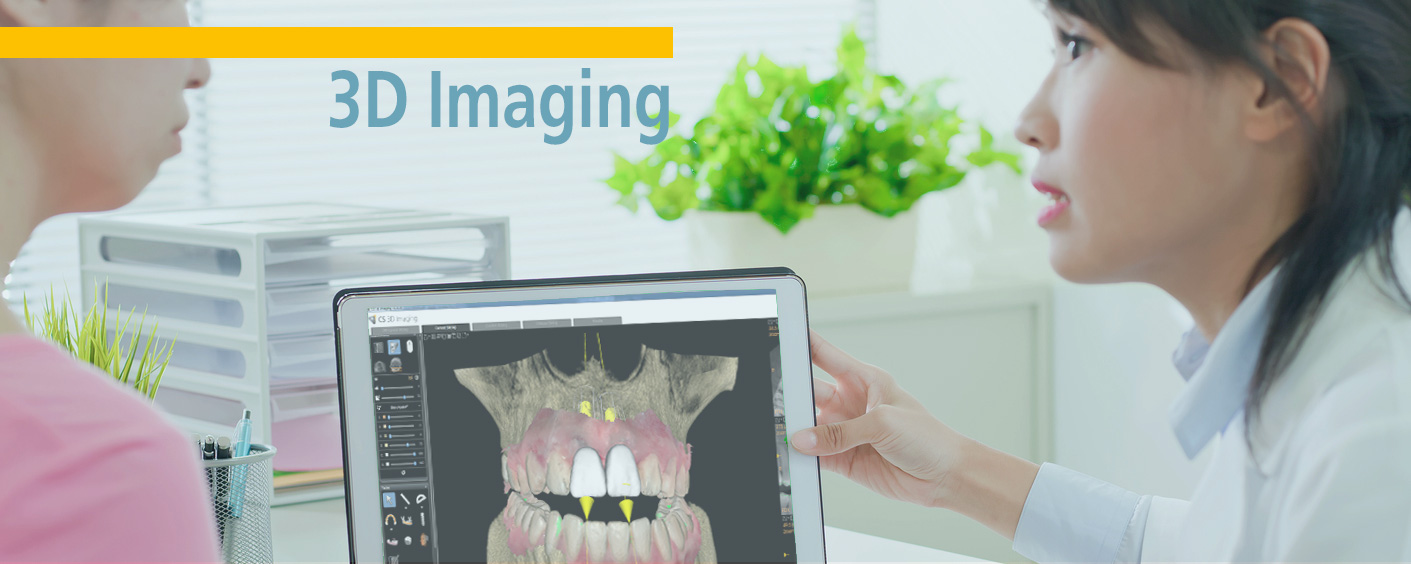Entering the Next Dimension

Three-dimensional imaging has radically changed how professionals provide patient care, but how can adopting this technology benefit your dental practice?
An Enhanced View
The most prominent advantage of 3D technology is being able to view images in a dynamic way. Three-dimensional imaging helps dental professionals inspect anatomical structures from different angles and paints a clearer picture of a patient’s oral cavity. In addition, dental professionals can obtain a better idea of bone structures, tooth canals and adjacent root positions as this leads to a clearer diagnosis of any problematic areas.
Furthermore, this enhanced visualization facilitates the identification of important anatomical landmarks such as nerves; this can help enhance treatment planning capabilities for orthodontics and dental implant placement.
Repeatability and Accuracy
Another distinct advantage of 3D imaging is that it can be performed quickly and can take images in mere seconds. Cone beam computed tomography (CBCT) systems have even been found to be consistently accurate when taking measurements on the same test.[i] Because CBCT systems use a lower dose of radiation when compared to CT systems, they tend to be the preferable 3D option.[ii]
A Better Understanding
CBCT imaging can help to improve treatment acceptance too. As this style of imaging is highly detailed, professionals can use the scans they take to inform patients of the possible treatments available by using the 3D image as a visual aid. This will likely help patients to clearly understand their treatment options, especially in cases where defects may be more difficult for a patient to visualize when only presented with a 2D image.
A Wealth of Opportunity
Considering these benefits, it makes sense for professionals to use a 3D imaging system in order to enhance their patient care.
[i] Ferreira, J., Christovam, I., Alencar, D., da Motta, J., Mattos, C., Cury-Saramago, A. Accuracy and Reproducibility of Dental Measurements on Tomographic Digital Models: a Systematic Review and Meta-analysis. Dentomaxillofac Radiol. 2017; 46(7): 20160455.
[ii] FDA. Dental Cone beam Computed Tomography. Link: https://www.fda.gov/radiation-emittingproducts/radiationemittingproductsandprocedures/medicalimaging/medicalx-rays/ucm315011.htm [Last accessed March 19].






